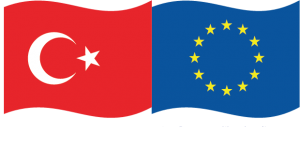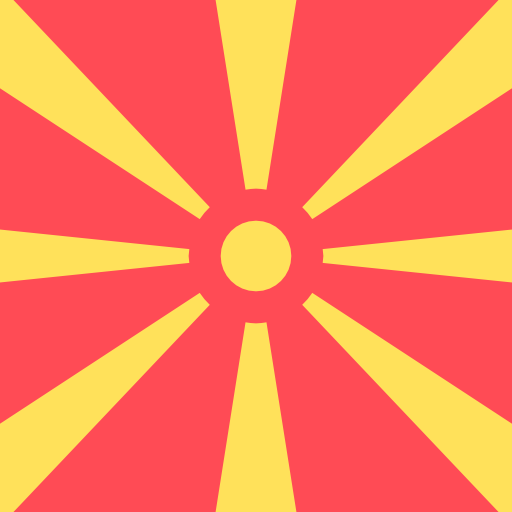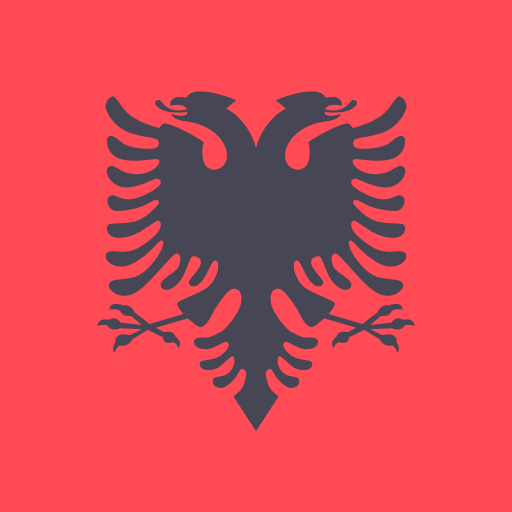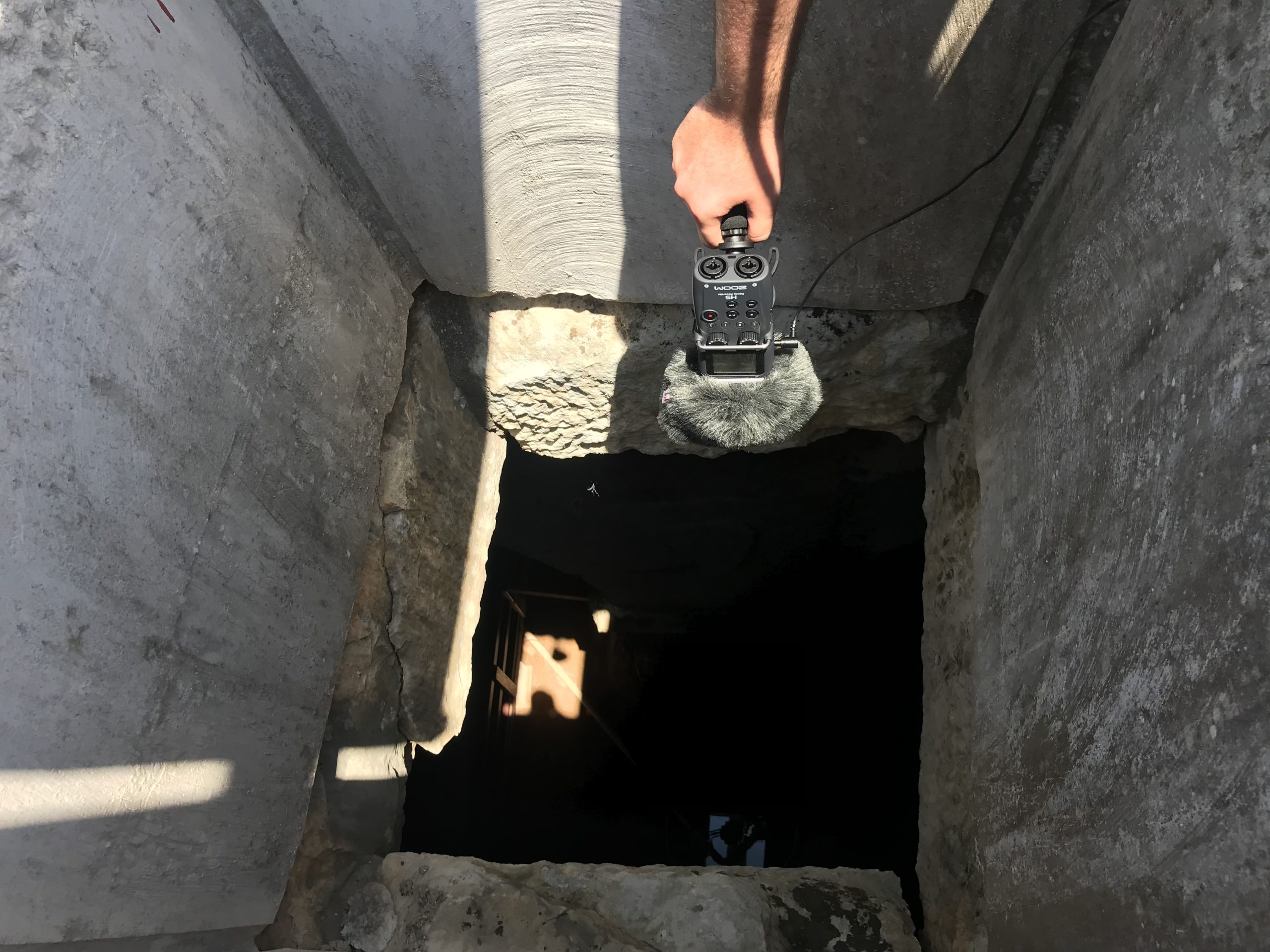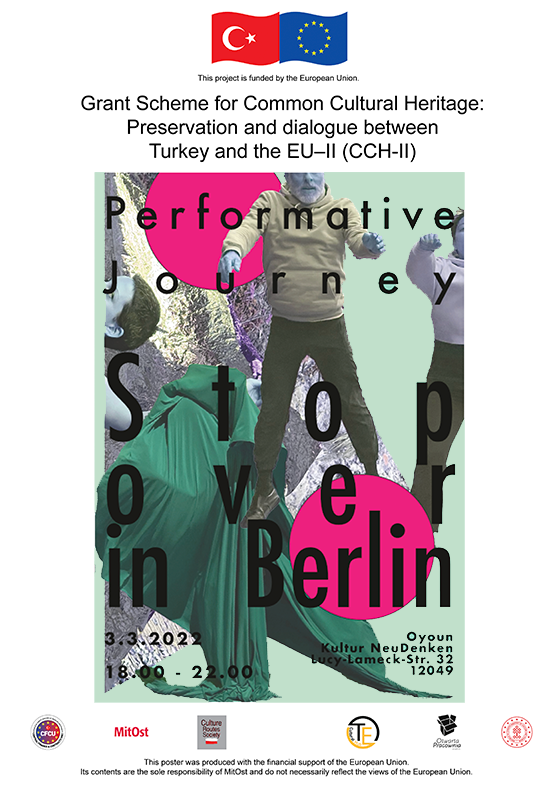About the Via Eurasia
The VIA EURASIA is an ambitious, long-distance cultural route and walking trail running from Rome, across Italy and the Balkans, through western Turkey to Demre on the Lycian coast of Turkey’s southwest… and beyond.
The VIA EURASIA links together a number of cultural routes and trails including: Via Francigena del Sud, Via Egnatia, Sultans Trail, Tolerance Way, Mysia Way, Evliya Çelebi Way, Phrygian Way, St Paul Trail, Lycian Way, to make the first long-distance trail linking Europe to Asia.
The VIA EURASIA extends from the heart of Europe to Asia Minor, and links diverse cultures and landscapes in a unified whole. It follows trade and military routes through ancient kingdoms and colonies, and uses Muslim and Christian pilgrimage and faith routes.
The VIA EURASIA illustrates the development of roads as the basic land-based communications infrastructure both with and between nations. Its network includes parts of the Persian Royal Road, pre-Roman local networks, major Roman strata, and other Roman roads, many of which were adopted and repaired by succeeding Empires (Byzantine, Ottoman). Although the Romans are rightly viewed as road-builders par excellence, the VIA EURASIA network aims to show that the Roman road network did not start from a Tabula Rasa, that Roman building techniques improved during the expansion of the Empire and that the roads which Roman engineers constructed or adapted later formed the basis of the Byzantine and then Ottoman civil and military networks until the 17th C.
The initial and final stages of the VIA EURASIA – the Via Francigena del Sud and the Lycian Way – are already very popular trails, and other existing cultural routes in Turkey are gaining recognition. You can walk the remainder of the VIA EURASIA is easily with the smart-phone app, although parts are not yet waymarked or signposted. Once completed, the route will be a continuous signposted hiking trail 4032km in length. Together with the Via Francigena, the total length from the UK to the Mediterranean is over 5600km. Some sections are also suitable for biking and horse-riding.
The route crosses the following countries:
Stages of the Via Eurasia
- Via Francigena del Sud – Rome to Bari (900km)
- From Durres in Albania, the VEa will follow the Via Egnatia, the ancient road from Rome to Constantinople (modern Istanbul), that was built to link Roman colonies between the Adriatic and the Bosphorus; this stage runs through Albania, North Macedonia, and Greece (900km)
- The VEa turns north to cross the border into Turkey at Edirne then follows the Sultans Trail to cross the Bosphorus just north of Istanbul (200km).
- It takes the Black Sea coast to Şile, then turns south to Diocletian’s capital at Nicomedia.
- Here it turns south, linking the following existing Turkish cultural routes:
- Tolerance Way (established 2017) based on the route taken to publish the Edict of Tolerance for early Christians (120km).
- Mysia Way established by Nilüfer Municipality (244 km)
- Evliya Çelebi Way (established 2011), based on his 1671 pilgrimage route (416km)
- Phrygian Way (established 2012), running through King Midas’ kingdom (261km)
- St Paul Trail (established 2004), based on the Apostle’s 2nd journey (499km)
- Lycian Way-Antalya to Fethiye; established 2011. The VEu ends in the ancient kingdom of Lycia at Demre, site of the Basilica of the 4th century easter saint, Nicholas, also known in the west as Santa Claus (582km)
Via Eurasia News
-
Sultans Trail Grand Tour
Sultans Trail Grand Tour From Vienna to Istanbul in 120 days The Trail Coordinator of the Sultans Trail is walking the entire trail in 2022 as a promotional tour. The purpose of
0 Comments -
Soundscapes of Via Eurasia
Soundscapes of Via Eurasia In the Performative Journey project, we also focused on the sound of nature, surroundings, and inhabitants. Since this project is based on site-specific performance works, it was
-
Performing on Cultural Routes: a Handbook
Performing on Cultural Routes: a handbook for the activators and promoters of less-known heritage in cross-cultural geographies This handbook is one of the outputs of an EU-financed project called “Performative Journey on
